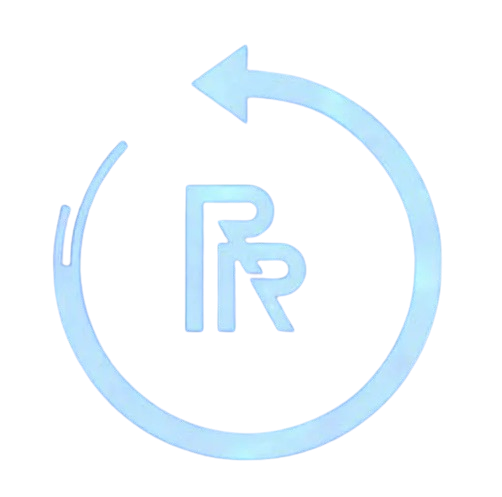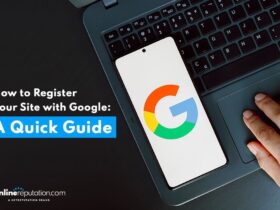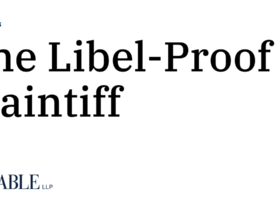What ranks highest doesn’t always reflect what’s true. Whether you’re a student checking test scores, a reader searching for reliable information, or a chief executive officer managing your company’s online reputation, the issue remains the same: ranking on a page often has more to do with algorithms and less with accuracy, quality, or dignity.
How Search Rankings Work—and Why Accuracy Isn’t Guaranteed
Search engines rank content based on a mix of algorithms designed to estimate relevance, engagement, and trust signals. But the matrix behind that decision-making is far from perfect.
What Influences Search Engine Rankings?
- Keywords in content (words and synonyms)
- Link quality
- Site authority (an unofficial “grade”)
- User behavior (time on page, bounce rate)
This creates a hierarchy where content is judged and placed according to patterns, not always substance. The first result often wins visibility, clicks, and traffic, regardless of whether it’s backed by research, expert opinion, or facts. The range of results that follow may include higher-quality content, but most users never scroll far enough to find it.
So while some pages may “own ranks” one to three, others that offer more nuanced, valuable feedback may be buried due to a lack of optimization or weaker signals. In this system, a page’s relative position becomes more about optimization than truth, and rank becomes a distortion rather than a reflection of value.
The Dangers of Misleading Rankings
The highly offensive truth? Sometimes what ranks first carries an unpleasant smell—clickbait headlines, biased content, or even misinformation.
Why Clickbait Ranks—and Credibility Doesn’t
Take the example of a health topic: a sensational article promising miracle results might rank higher than a peer-reviewed page from a respected university or organization. Why? Because it’s optimized for engagement, not accuracy.
This reflects a misalignment between actual value and perceived quality based on rank, a breakdown in the matrix of trust that many rely on.
In education, we would never rank students based on who shouts the loudest in class. Yet on the internet, that’s often what happens. The result is a content hierarchy where the loudest, flashiest voice—not the most informed—holds the top rank.
The Power Shift: How Alternative Sources Reshape Rankings
User-generated content and social media platforms now play a key role in shaping perception and visibility. Platforms like Reddit or TikTok may promote content to the top rank due to virality, rather than vetting. While ordinary members of a community may offer relatable experiences, these anecdotal stories can sometimes outrank commissioned ranks, verified experts, or scholarly works.
How Rank Outsiders Gain Influence
This dynamic challenges the official grade of expertise. It elevates the rank outsider—the unexpected source—to a place of influence simply because they were standing abreast with trending topics. The dignity of vetted knowledge is often displaced by content that “performs” better.
Filter Bubbles and Personalized Rankings
Modern search engines use AI and machine learning to tailor rankings based on your search history, location, and behavior. While this might increase convenience, it also narrows your exposure.
The Risks of Personalization
This personalization often forms invisible horizontal lines—barriers that prevent users from seeing beyond their algorithmically determined class or rank. The words you use, the links you click, and even the safety equipment ads you view influence your position in the content ecosystem.
This creates a rank loop, where one’s position influences future content exposure, making it difficult to encounter new perspectives. In effect, we end up ranked within the very information hierarchy we unknowingly helped build.
What Linear Algebra Can Teach Us About Truth
In linear algebra, a matrix’s rank reveals the number of linearly independent columns or rows—a measure of its structural complexity and informational completeness. Similarly, when evaluating sources, we must consider the number of linearly independent perspectives.
Independent Ideas Are Like High-Rank Matrices
A page that repeats widely accepted phrases without original insight is like a matrix with dependent columns: it lacks real depth. True informational quality should be judged on independence, originality, and evidence—what could be called a high rank in informational integrity.
A healthy digital ecosystem should prioritize diverse and linearly independent voices, especially in matters of public interest and education.
Why First Place Doesn’t Mean Best Content
Just as in the military or school, where rank reflects organizational hierarchy or academic standing, online ranking creates a perceived value. But while rank might imply authority, it doesn’t guarantee accuracy.
Context Matters More Than Position
Ranking systems—whether for officers in the army, students in school, or websites in search—need context. Without critical evaluation, we mistake placement for merit. High rank becomes conflated with high quality when, in reality, it’s often just the result of a regular formation of signals meant to please the algorithm.
How to Outsmart a Rank-Biased Web
To avoid being misled by what ranks first, users must practice digital literacy:
- Compare results across different platforms
- Evaluate the source’s credibility (Cambridge University Press vs. a personal blog)
- Look beyond the first page
- Understand how your behavior shapes what you see
Whether evaluating a chief executive officer’s quote, a row of product reviews, or the rank cigar in a puff-piece article, critical thinking must override algorithmic assumptions. Even the most regular arrangement of links on a page needs scrutiny.
Final Thoughts: Truth vs. Rank
Rank is powerful—but not infallible. It’s a word, a verb, a noun, and a signal of position. But it’s not synonymous with truth.
Understanding the difference between one’s position in a lineup and the quality behind that standing is essential in a noisy, algorithm-driven world. Whether in military formations, classroom grades, matrix computations, or search engine results, context matters.
We’ve reached a point where rank—the form, the order, the hierarchy—often overshadows value. If truth doesn’t hold first rank anymore, then it’s on us to look beyond the official grade and uncover the deeper layers of what’s real.
So next time you see something in first rank, ask yourself: Is it here because it’s right, or just because it ranks?
















Leave a Reply